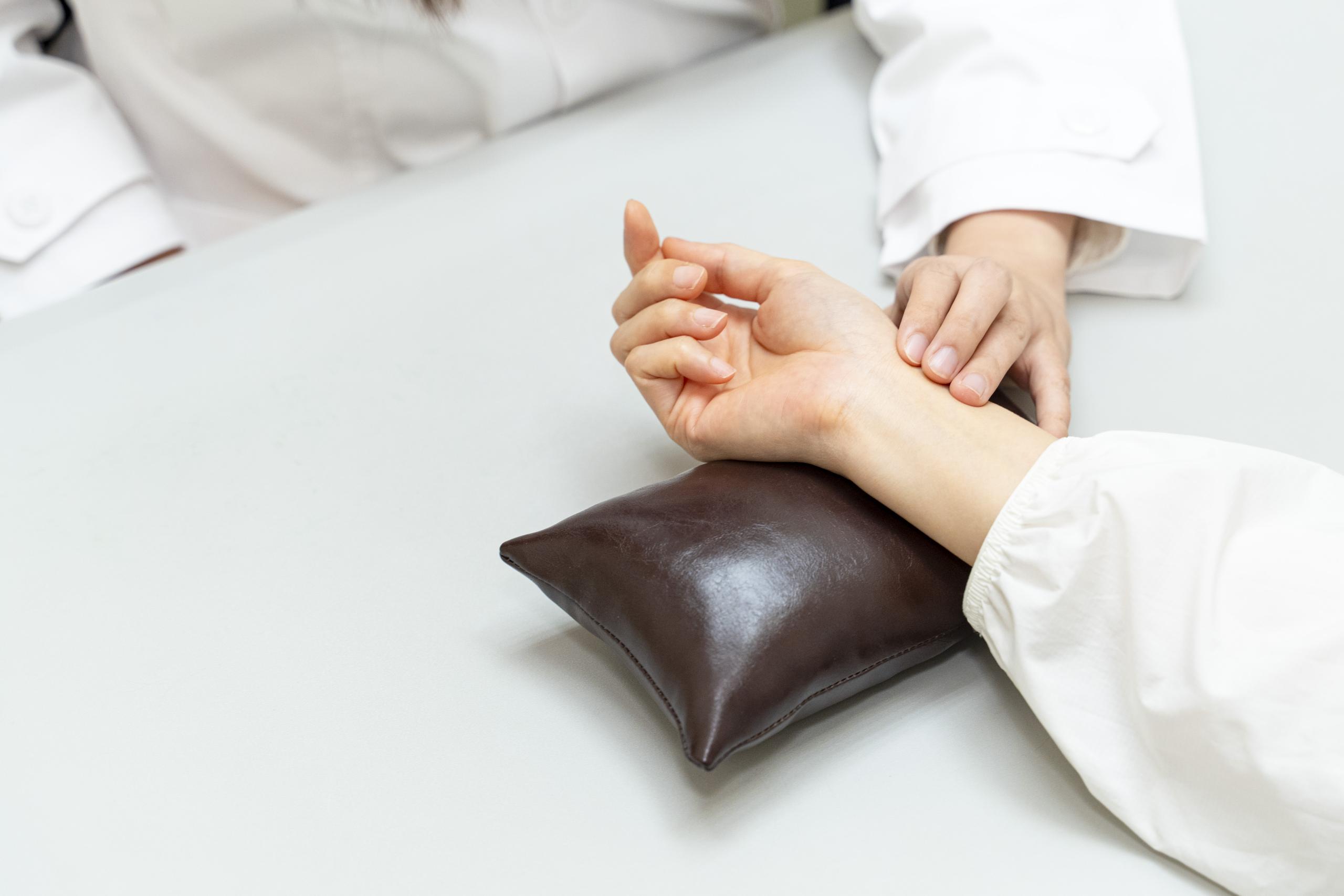Traditional Chinese Medicine (TCM) treatment for internal diseases is based on the principles of holistic theory and syndrome differentiation (Bian Zheng Lun Zhi). It integrates theories such as Yin-Yang, the Five Elements, and Zang-Fu organs and meridians. Through methods like herbal medicine, acupuncture, massage, and dietary therapy, TCM aims to regulate the balance of Yin and Yang in the body and restore health.
1. Syndrome Differentiation and Treatment
- Syndrome Differentiation: Based on the patient’s symptoms, physical signs, tongue appearance, and pulse condition, the cause, pathogenesis, and location of the disease are determined. Common differentiation methods include the Eight Principles, Zang-Fu organ differentiation, and Qi-Blood-Body Fluids differentiation.
- Treatment Determination: Based on the differentiation results, a treatment plan is formulated, and appropriate herbal formulas or therapeutic methods are selected.
2. Common Treatment Methods
- Herbal Medicine: According to the differentiation results, corresponding herbal formulas are chosen. Commonly used formulas include Si Jun Zi Tang (Four Gentlemen Decoction), Liu Wei Di Huang Wan (Six-Ingredient Rehmannia Pill), and Bu Zhong Yi Qi Tang (Tonify the Middle and Augment the Qi Decoction), which are used to regulate Qi and Blood, tonify organs, clear heat, and detoxify.
- Acupuncture: By stimulating meridian points, Qi and Blood circulation is regulated. It is commonly used to treat pain, digestive disorders, and respiratory diseases. Common acupoints include Zusanli (ST36), Hegu (LI4), and Neiguan (PC6).
- Tui Na (Therapeutic Massage): Through manual techniques applied to meridians and acupoints, Qi and Blood flow is promoted. It is often used for musculoskeletal and digestive disorders.
- Dietary Therapy: Based on the patient’s constitution and condition, appropriate foods are selected for nourishment. For example, individuals with a cold constitution should consume warming foods, while those with a heat constitution should consume cooling foods.
3. TCM Treatment for Common Internal Diseases
- Respiratory Diseases (e.g., cold, cough, asthma):
- Cold: Wind-cold type is treated with Jing Fang Bai Du San (Schizonepeta and Saposhnikovia Toxin-Resolving Powder), while wind-heat type is treated with Yin Qiao San (Honeysuckle and Forsythia Powder).
- Cough: Wind-cold cough is treated with Zhi Sou San (Stop Coughing Powder), while wind-heat cough is treated with Sang Ju Yin (Mulberry Leaf and Chrysanthemum Decoction).
- Asthma: Acute episodes are treated with Xiao Qing Long Tang (Minor Bluegreen Dragon Decoction), while remission is managed with Liu Jun Zi Tang (Six Gentlemen Decoction).
- Digestive Diseases (e.g., stomach pain, diarrhea, constipation):
- Stomach Pain: Cold invasion is treated with Liang Fu Wan (Galangal and Cyperus Pill), while liver Qi stagnation is treated with Chai Hu Shu Gan San (Bupleurum Liver-Soothing Powder).
- Diarrhea: Cold-damp type is treated with Huo Xiang Zheng Qi San (Agastache Qi-Correcting Powder), while damp-heat type is treated with Ge Gen Qin Lian Tang (Kudzu, Scutellaria, and Coptis Decoction).
- Constipation: Heat constipation is treated with Ma Zi Ren Wan (Hemp Seed Pill), while Qi stagnation constipation is treated with Liu Mo Tang (Six Milled Ingredients Decoction).
- Cardiovascular Diseases (e.g., palpitations, chest pain):
- Palpitations: Heart-Spleen deficiency is treated with Gui Pi Tang (Spleen-Restoring Decoction), while Heart-Kidney imbalance is treated with Tian Wang Bu Xin Dan (Heavenly Emperor Heart-Tonifying Pill).
- Chest Pain: Blood stasis is treated with Xue Fu Zhu Yu Tang (Blood Mansion Stasis-Expelling Decoction), while phlegm obstruction is treated with Gua Lou Xie Bai Ban Xia Tang (Trichosanthes, Chives, and Pinellia Decoction).
- Urinary System Diseases (e.g., urinary disorders, edema):
- Urinary Disorders: Heat-type urinary disorders are treated with Ba Zheng San (Eight Health-Restoring Powder), while stone-type disorders are treated with Shi Wei San (Pyrrosia Powder).
- Edema: Wind-water conflict is treated with Yue Bi Jia Zhu Tang (Maidservant from Yue Decoction with Atractylodes), while Spleen-Yang deficiency is treated with Shi Pi Yin (Spleen-Fortifying Decoction).
- Endocrine Diseases (e.g., diabetes, hyperthyroidism):
- Diabetes: Upper diabetes is treated with Xiao Ke Fang (Diabetes Formula), middle diabetes is treated with Yu Nu Jian (Jade Woman Decoction), and lower diabetes is treated with Liu Wei Di Huang Wan (Six-Ingredient Rehmannia Pill).
- Hyperthyroidism: Qi stagnation and phlegm coagulation are treated with Hai Zao Yu Hu Tang (Sargassum Jade Pot Decoction), while Yin deficiency and fire excess are treated with Zhi Bai Di Huang Wan (Anemarrhena, Phellodendron, and Rehmannia Pill).
4. Nourishment and Prevention
- Emotional Regulation: Maintain emotional stability and avoid excessive worry, anger, and other negative emotions.
- Dietary Nourishment: Choose appropriate foods based on constitution, avoiding excessive consumption of raw, cold, spicy, or greasy foods.
- Regular Lifestyle: Maintain a regular daily routine and avoid overexertion.
- Exercise: Engage in moderate exercises like Tai Chi or Ba Duan Jin (Eight-Section Brocade) to strengthen the body.
5. Precautions
- Individualized Treatment: Treatment should be tailored to the patient’s specific condition, avoiding a one-size-fits-all approach.
- Treatment Duration and Efficacy: TCM treatment often requires a longer duration, and patients need to be patient and cooperative.
- Integrative Medicine: In some cases, combining TCM with Western medicine can enhance treatment efficacy.
TCM treatment for internal diseases emphasizes holistic regulation and individualized care. Through a combination of methods, it aims to address the root cause of diseases and achieve therapeutic goals. Its advantages include minimal side effects, long-lasting efficacy, and a focus on integrating prevention and nourishment.



